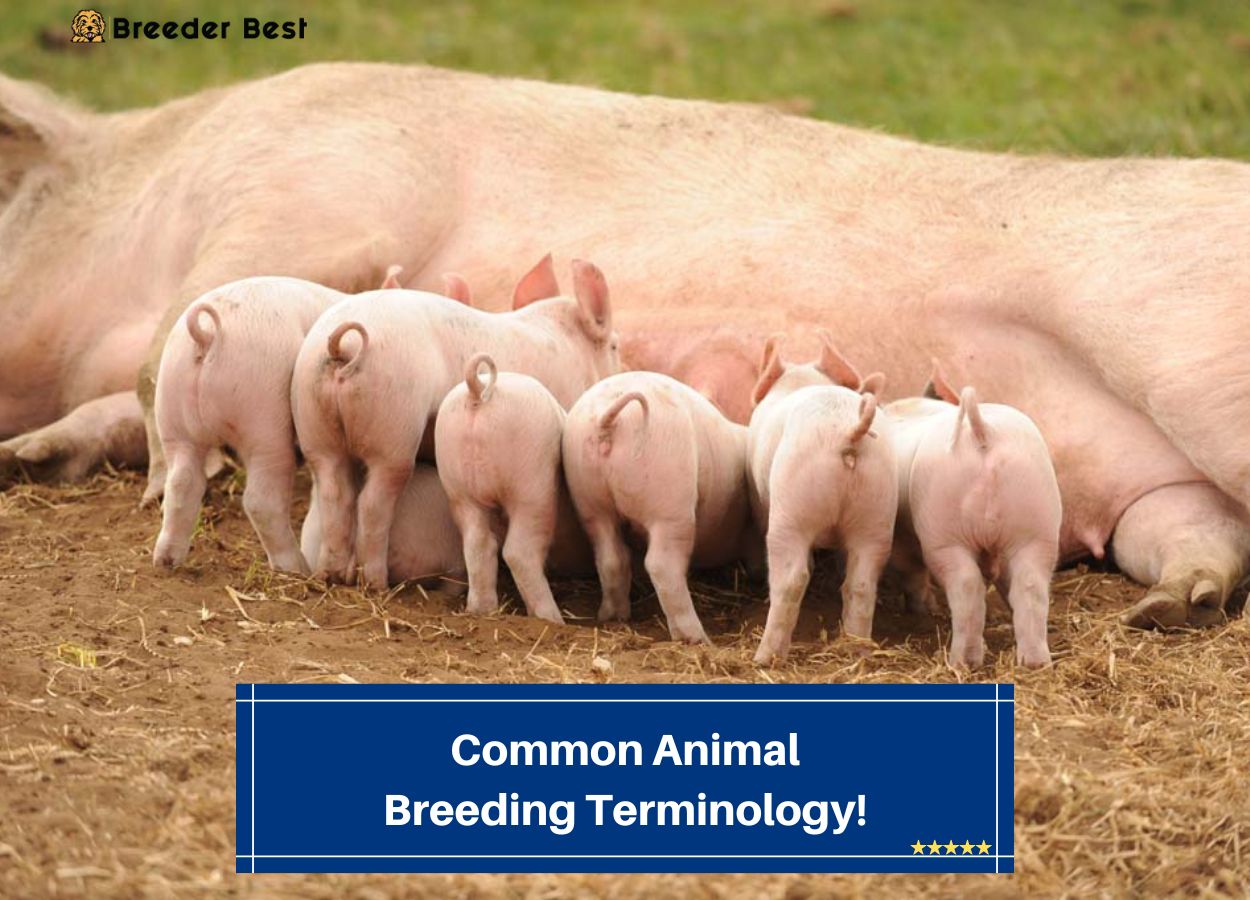Today we are going to talk about common animal breeding terminology. It helps to have an understanding of the different animal breeding terminologies to build a general knowledge of breeding.
There are many different ways animals breed, both in the wild and when they’re in captivity. The reasons for breeding vary depending on what type of animals are mating and how they live.
Here’s a look at the most common animal breeding terminologies you might come across.
Other articles you would like: The Best Animal Breeding Associations and Is Animal Breeding Safe?
Types of Animal Mating
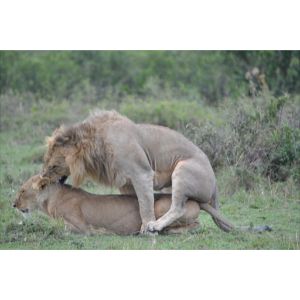
Many people think animal mating is straightforward, but there are many different ways for animals to reproduce. Knowing animal breeding terms like natural reproduction, artificial insemination, and cloning will help you understand the intricacies of mating.
Natural Reproduction
Natural reproduction refers to animals mating as they would in the wild. The female mates with a male to have offspring, so there’s no control over the genes they pass along. The animals choose their partners without any help from scientists or zoologists.
Internal fertilization is most common for land animals. The mating process happens between two animals, and the female provides the fertilization environment. After internal fertilization, offspring can develop via three methods, including:
- Oviparity
- Ovoviviparity
- Viviparity
Oviparity is when fertilized eggs stay outside of the female’s body. She lays the eggs, and they get nourishment from inside the egg, such as the yolk. Examples of these animals include amphibians, reptiles, fish, and birds.
Ovoviviparity refers to females who keep the eggs inside them. The babies inside the eggs develop, so once the mother lays the eggs, they hatch fully developed. These animals include sharks, lizards, snakes, and some bony fish.
Viviparity is the typical way mammals give birth. The baby develops inside of the mother and receives nourishment from her. Then, the mother gives birth to live offspring.
External fertilization happens in aquatic environments. It’s a type of natural reproduction, but in many cases, the male and female don’t interact as they do with internal fertilization. Some male amphibians court a female until she releases her eggs, which the male then fertilizes. In general, external fertilization is much broader.
Many fish, mollusks, crustaceans, and invertebrates release sperm and eggs based on environmental cues. The male and female might be near each other, but they’re not mating with each other. The water keeps the sperm and egg from drying out, and fertilized eggs are likewise protected.
Artificial Insemination
Artificial insemination involves a person manually inserting sperm into a female’s reproductive tract. While this method improves the gene pool, it was initially a way to prevent venereal diseases from spreading among livestock. The animals didn’t have to interact directly, so the process was more sterile and foolproof.
Farmers often use artificial insemination for their cattle. It’s easier than relying on the bulls to mate with the cows and impregnate them. You can have one bull on a farm and use his sperm to fertilize all the cows without needing to initiate their mating more naturally.
You can also choose what sperm you use. For example, if you have a weak bull that gets sick often, you don’t have to use its sperm to impregnate cows. Instead, you can use sperm from the stronger bull for its genes to produce healthier offspring.
Cloning
Cloning is a way to reproduce animals without needing them to mate physically. The reasons for cloning vary but usually relate to the preferred genetics of the animal in consideration.
For example, farmers might notice that they have one cow that stays healthy and regularly gives birth to live animals. Because she has the best qualities of the herd, the farmer wants more cows like her.
There’s a chance that any female offspring will have similar qualities, but it’s not guaranteed. So instead of relying on hereditary traits, the farmer can make a copy of the original cow. This process ensures that the new cow has all the same features, and there’s no need to wait for the cow to mate, get pregnant, and raise the calf.
Farmers also rely on cloning to guarantee quality meat, which is why cloning often features in swine terms and definitions.
If farmers have a pig with lean meat, they can clone this one animal to get the same output consistently. Without cloning, the farmers would allow the pig to mate naturally and hope the partner also has good genetics to produce the best meat in their offspring.
Cloning began in 1996, and the US Food and Drug Administration (FDA) initially restricted that meat from going into the food chain. However, surveys conducted in 2002 showed no evidence to back this fear. Cloning companies must keep a record of the animals produced for food so the FDA can track them. The FDA approved cloned animal food products in 2008.
Breeding Methods
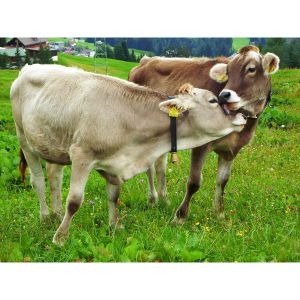
After learning about the types of mating, it’s important to understand the animal science terminologies relating to breeding methods. Inbreeding, outbreeding, and crossbreeding produce very different offspring. The terms and definitions can get confusing, so they’re in broad categories for a more accessible explanation.
Inbreeding
Inbreeding refers to mating related animals. You’d typically think of this as two animals from the same litter mating or a father mating with his female offspring. Breeders once thought this method was the best way to keep litters pure, especially in the case of breeding dogs.
Unfortunately, inbreeding weakens the animals over time. Closely related animals are more likely to have poor genes in common, which makes those traits more prominent in the offspring.
Line breeding is a type of inbreeding that people monitor carefully. It means you look for a common ancestor farther back in the line. If one animal’s grandparent was the cousin of another animal’s grandparent, then those two animals can mate safely. It’s a way to keep the breed’s purity without risking illness and weak bodies.
Inbreeding can happen in nature, but it’s less common. Males usually leave their herd when they reach sexual maturity. Then, they go off to find new animals to start their own family.
Inbreeding is more likely to occur in captivity when animals live together and have no options for mating. Biologically, they feel the drive to mate more than they care about who that mate may be.
Outbreeding
Outbreeding is a method of breeding unrelated animals of the same species, also called straight breeding. Animals involved with outbreeding might have a common ancestor, but it’s far enough in their history that it won’t negatively impact their genes.
For example, the female parent of a domestic animal can have ancestors in common with the male if they are several generations removed.
Zoos prevent inbreeding by participating in breeding programs. They partner with other zoos around the world to find animals of the same species with different family lines, then arrange a trade. For example, a male grizzly bear from one pack can travel to another country to impregnate a female grizzly from a different family line.
Pure breeding happens when two purebred animals mate but have different family lines. They each have all the desirable traits of their breed, so their offspring will also have them. When two purebred dogs mate, for example, the puppies get purebred papers to trace their heritage.
Grading up is a way to pass on the best genes between two animals, even if one isn’t purebred. For example, breeding a purebred male horse with a regular female will produce healthy offspring, even if they’re not purebred standard. The offspring won’t have the same registration papers as their father, but they’ll produce a strong future generation.
Crossbreeding
Crossbreeding is a method of mating animals from different species. The resulting offspring is a new animal entirely. For example, a female horse mating with a male donkey produces a mule. The mule can’t reproduce on their own because many crossbred animals are sterile. To get more mules, you need to mate more horses and donkeys.
Most crossbreeding happens in captivity. Animals of different species rarely meet in the wild due to their locations and migration. However, some cases, such as a wolf mating with a dog, can happen in the wild. For example, a wolf might encounter a dog living outside and mate to create wolfdog puppies.
Crossbreeding can also be done to produce desirable traits from both parents in their offspring. For instance, the Cavapoo is a cross-breed between the Poodle and the Cavalier King Charles Spaniel. This means that traits of both breeds are present within the intermingled breed.
In captivity, crossbreeding most commonly occurs as a way to get the best traits from two different species. The resulting offspring is also called a hybrid because they’re a mix of different species.
Breeding Purposes
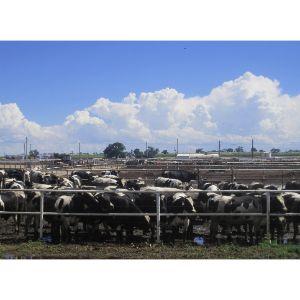
There are many objectives when it comes to animal breeding. When it happens in nature, the animals sense the other’s pheromones and feel biologically compelled to breed with them. This natural response is why males typically leave their herd of origin when they reach sexual maturity. They want to go out and mate with females that attract them.
Because animals feel biologically compelled to reproduce, they won’t discern between family members if they have no other choice. They’re doing what nature tells them to do, so if they impregnate their sister or daughter, they’ve still done what was necessary. Unfortunately, their offspring won’t be as strong as they would have been otherwise.
Continuation Of A Species
In captivity, breeding most commonly happens because the people in charge need to ensure the continuance of the species. Zoologists breed animals so the animal won’t go extinct. This method is prevalent for animals that can’t survive in the wild. If they only live in zoos, zoologists must facilitate their mating, whether by natural or artificial insemination.
Breeding For Income
Farmers breed animals to get more meat or milk so they can earn a living. They might use natural reproduction if they’re not on a deadline. Farmers can wait for a cow to attract the bull and get pregnant naturally. If they can’t wait, they’ll likely use artificial insemination. This method makes it easier for many cows to get pregnant by one bull at the same time.
As previously mentioned, animals that result from inbreeding often possess weak genes. If they continue to mate, they’ll pass along the unfavorable traits, which makes their family line less desirable and less likely to survive long-term.
On the other hand, crossbred offspring are usually sterile or infertile and can’t continue reproducing their species. So there is no reason to breed inbred or hybrid animals.
Conclusion For Common Animal Breeding Terminology
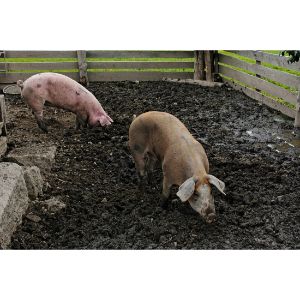
Understanding types of mating, breeding methods, and the purpose of breeding mean that you must distinguish between different animal breeding terminologies. However, now that you’ve learned the background information, you can use common animal breeding terminology properly.
You will also like:
- Animal Breeding For Disease Resistance
- Why Can’t a Human Breed With Other Animals?
- Best Animal Breeders Registration
For more information about Animal Science Terminology, check out the video below:

